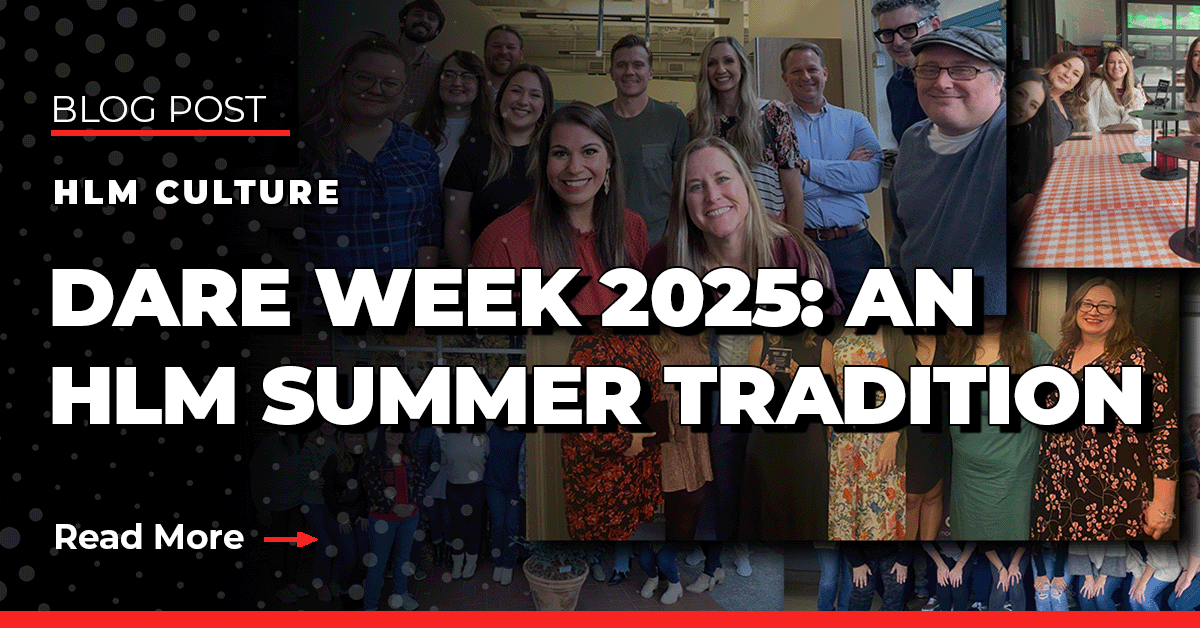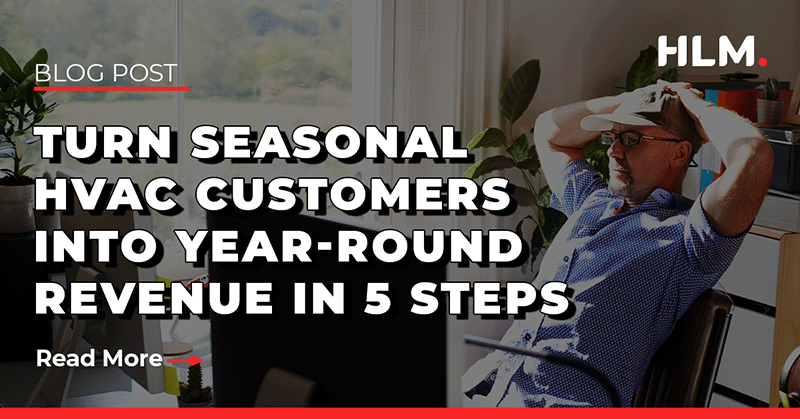![]() By The HLM Staff
Nov 21, 2023 10:03:00 AM
By The HLM Staff
Nov 21, 2023 10:03:00 AM

If you've been following Google's core web vitals update, you'll know your website needs to provide a great user experience. That includes meeting certain accessibility standards. We've outlined a general overview of what accessibility is, why it’s important, and what the various guidelines and recommendations mean for your website.
What is Website Accessibility?
The best way to think about accessibility in relation to a website or a piece of digital content is this: just like a brick-and-mortar store makes accommodations for disabled individuals, like providing wheelchair ramps, a business’s website and digital content should also be accessible to all. Types of disabilities to consider include, but are not limited to:
Blind and Low-Vision
These users are either completely blind or have very poor eyesight. For those that aren’t completely blind, ensuring text is large enough and is colored in high contrast against the background color is important. For example, having large, black text on a white background would be ideal. Users that are completely blind will use a piece of software called a ‘Screenreader’, which does what it sounds like – it reads a webpage aloud to the user. For a Screenreader to operate well, the website needs to be coded/created so a Screenreader can interpret the information and convey it to the user.
Colorblind and Color-Deficient
To make your website accessible to those who are colorblind or have a color deficiency, make sure that the site’s information isn’t conveyed through color alone. Unsure what this means? Think of the common stop sign. If a colorblind individual looks at a red stop sign, the purpose of the sign is still communicated because of the word STOP. Like a stop sign, your website content should convey the same information in two ways – through the use of words and colors.
Motor-Skill Impaired
These users will have difficulty using input devices such as a mouse or trackpad with the required degree of precision necessary to navigate your site. Some may not be able to use these tools at all. For these users, a website needs to be completely traversable with just the keyboard alone – the user will need to be able to tab from one link to the next, from one form of input to the next, one menu item to the next, etc.
Deaf
Just like conveying information just through color, make sure that information isn’t only provided via audio. This means adding captions to any videos that may exist on a site or providing a transcript of a video or audio file on the site itself or available for download elsewhere. Also, provide a contact form that allows the user to choose their preferred means of contact instead of just asking for their telephone number.
Understanding the Different Guidelines
All of these ‘Accessibility’ Guidelines fall under the Americans with Disabilities Act of 1990, which covers not just websites, but brick-and-mortar storefronts, public transportation requirements, etc. The portion that discusses websites, in particular, is called the Web Content Accessibility Guidelines, Version 2.1 or, WCAG 2.1. Additionally, there is a complementary guideline under Section 508 – 2017, which outlines the accommodations required for federal employees and members of the public with disabilities who wish to access the government’s Information and Communications Technology, including government websites and multimedia. Within these two guidelines ( WCAG 2.1 and Section 508 – 2017 ) exist three separate levels that which all accessibility issues fall – Level A, Level AA, and Level AAA. These three different levels exist to classify accessibility issues on a website ranging from most to least impactful.
Website accessibility issues fall into three categories:
- Level A: Pages with level A issues are unusable for some people
- Level AA: Pages with level AA issues are very difficult to use
- Level AAA: Pages with level AAA issues can be difficult to use
Does Your Website Need To Be 100% ADA Compliant?
For starters, it’s completely possible to make a 100% accessible website. Possible, but oftentimes impractical. If you’re starting a new business and haven’t designed any branding elements yet, you’re in luck. A clean slate allows you to create a brand that will lend itself to an accessible website in the future. For example, when creating a business logo, create one that has a high contrast ratio between the text and background.
This is an example of an accessible logo:
 It doesn’t get more accessible than this: black text on a white background. This provides the highest level of contrast possible. Also, Adidas hasn’t committed itself to a brand color that would introduce Accessibility issues when used in other branding elements, such as a website, printed marketing materials, etc.
It doesn’t get more accessible than this: black text on a white background. This provides the highest level of contrast possible. Also, Adidas hasn’t committed itself to a brand color that would introduce Accessibility issues when used in other branding elements, such as a website, printed marketing materials, etc.
This is an example of an inaccessible logo:
 The contrast between the yellow and light-blue text against the fuchsia background isn’t high enough – it might be difficult for low-vision and colorblind and color-deficient users to read the text. Cazz’s Sports Bar and Grille committed its brand to yellow text on a fuchsia background. This will likely be an ongoing accessibility issue for them in many marketing channels.
The contrast between the yellow and light-blue text against the fuchsia background isn’t high enough – it might be difficult for low-vision and colorblind and color-deficient users to read the text. Cazz’s Sports Bar and Grille committed its brand to yellow text on a fuchsia background. This will likely be an ongoing accessibility issue for them in many marketing channels.
Accessibility is About Providing An Honest Effort
What if you already have an established brand and colors that would introduce accessibility issues? That’s where coming into 100% Compliance might be difficult. You can either choose to design your website differently, removing the offending logos and other branding elements with more accessible versions, or you can choose to forego those particular accessibility issues and focus elsewhere. Accessibility is more about providing an honest, best-effort attempt to make your website as accommodating as possible, rather than a hard-and-fast, in other words, a “comply or else” mentality.
Should You Fix Accessibility Issues or Start Over?
It’s much easier to build a website from the ground up with accessibility in mind rather than shoehorning accessibility concerns into an existing website. In fact, many seeking to fix their accessibility issues have decided to take the opportunity to redesign and rebuild their website from scratch. Whatever you choose to do, rest assured High Level Marketing has the knowledge and skills required to assist your website’s Accessibility concerns.
Author: The HLM Staff
Staff Contributor
Ready to take your digital marketing to the next level? Contact us today to start a conversation about how we can help you solve your challenges and achieve your business goals. Click the 'Contact Us' button below to speak to someone within minutes.
Contact Us NowRecent Posts
When you're done with this post, check out our other content below for more Digital Marketing expertise
Contact Us Today
Complete the form below and receive a call within minutes.
Need faster results? Call us now at (888) 717-4249





